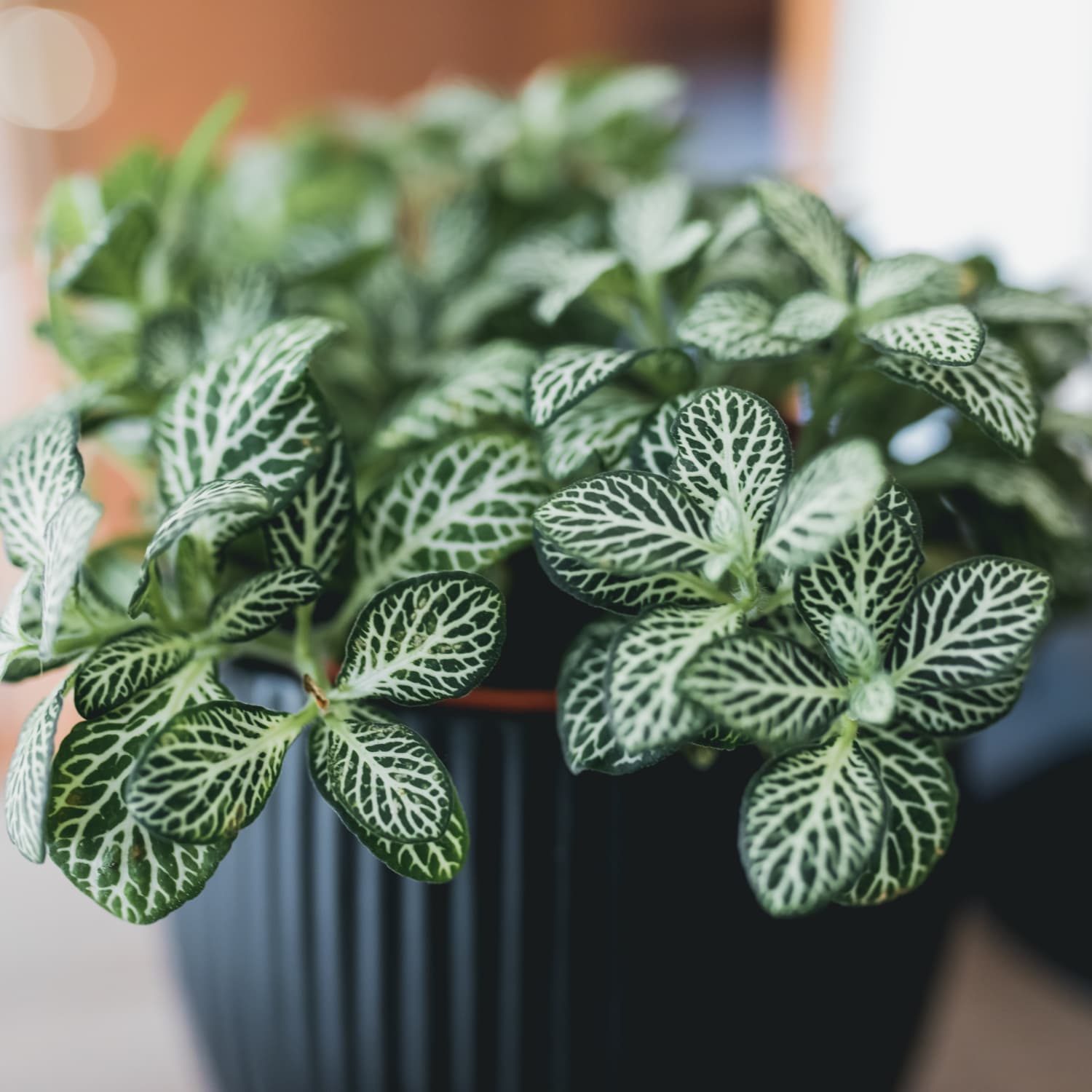:max_bytes(150000):strip_icc()/grow-fittonia-houseplants-indoors-1902486-01-4daff2eea07f475a987b19d97dda4f20.jpg)
Fittonia Plant
Everything You Need to Know About Fittonia Plant
Introduction
Fittonia plants, also known as nerve plants, are popular houseplants known for their strikingly beautiful foliage. These plants are native to the tropical rainforests of South America and are prized for their vibrant colors and unique patterns.
Appearance
Fittonia plants are small, low-growing plants that feature colorful, veined leaves. The leaves can come in a variety of colors, including green, pink, and white. The striking patterns on the leaves make these plants a favorite among plant enthusiasts.
Light and Water Requirements
Fittonias thrive in bright, indirect light. Too much direct sunlight can cause the leaves to burn, so it’s best to place them in a spot with filtered light. These plants also prefer consistently moist soil, so it’s important to water them regularly, but be careful not to overwater as this can lead to root rot.
Temperature and Humidity

Fittonia plants prefer warm, humid conditions, similar to their native rainforest environment. They do well in temperatures between 60-80°F and thrive in high humidity. To increase humidity levels, you can mist the plant regularly or place a humidifier nearby.
Soil and Fertilizer
Fittonias prefer well-draining potting mix that is rich in organic matter. A balanced liquid fertilizer can be applied every 4-6 weeks during the growing season to promote healthy growth and vibrant foliage.
Propagation
Fittonias can be easily propagated through stem cuttings. Simply cut a healthy stem with a few leaves attached and place it in a container of water or moist soil. Roots should begin to form within a few weeks, at which point the cutting can be potted up.
Pests and Diseases
:max_bytes(150000):strip_icc()/grow-fittonia-houseplants-indoors-1902486-02-f33a9990b4fb4d26aa82a94c3cab900b.jpg)
Fittonia plants are susceptible to common houseplant pests such as spider mites and aphids. Regularly inspecting the plant for signs of pests and treating them promptly with insecticidal soap can help prevent infestations. Overwatering can lead to root rot, so it’s important to allow the soil to dry out between waterings to prevent this issue.
Benefits of Fittonia Plants
In addition to their stunning appearance, Fittonia plants have air-purifying qualities that can help improve indoor air quality. These plants are also relatively easy to care for, making them a great choice for beginner plant enthusiasts.
Common Varieties
There are several popular varieties of Fittonia plants, each with its own unique leaf color and pattern. Some common varieties include Fittonia albivenis White Anne, Fittonia albivenis Pink Angel, and Fittonia albivenis Red Anne.
Where to Buy
Fittonia plants can be found at most plant nurseries, garden centers, and online retailers. When purchasing a Fittonia plant, be sure to choose a healthy specimen with vibrant foliage and no signs of pests or disease.
FAQs
1. How often should I water my Fittonia plant?
Fittonia plants prefer consistently moist soil, so it’s important to water them whenever the top inch of soil feels dry to the touch. Be careful not to overwater, as this can lead to root rot.
2. Can Fittonia plants grow in low light conditions?
While Fittonia plants prefer bright, indirect light, they can tolerate lower light conditions. However, the colors on the leaves may not be as vibrant in low light.
3. How can I increase humidity for my Fittonia plant?
To increase humidity levels for your Fittonia plant, you can mist the plant regularly, place a humidifier nearby, or place a tray of water with pebbles under the plant.
Conclusion
Fittonia plants are a beautiful and easy-to-care-for houseplant that can add a pop of color to any indoor space. With their unique foliage patterns and air-purifying qualities, these plants are a great choice for both beginner and experienced plant enthusiasts. By following the care tips outlined in this article, you can enjoy a thriving Fittonia plant in your home for years to come.